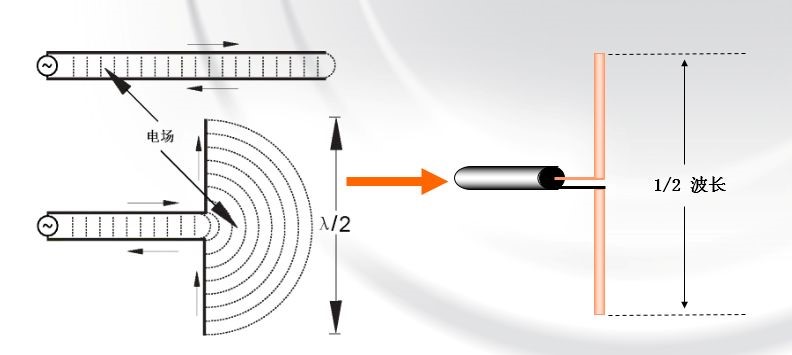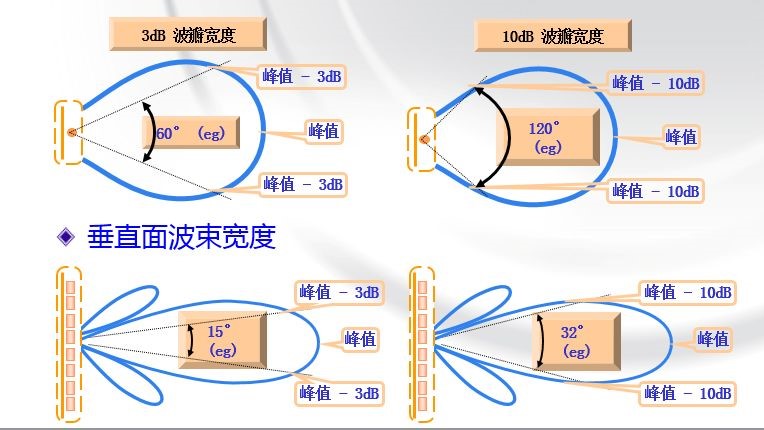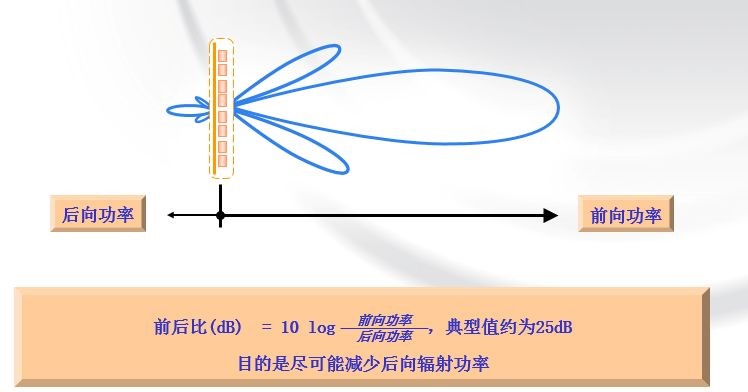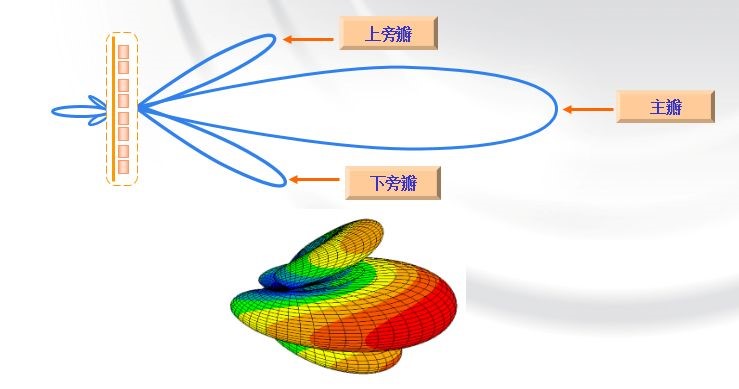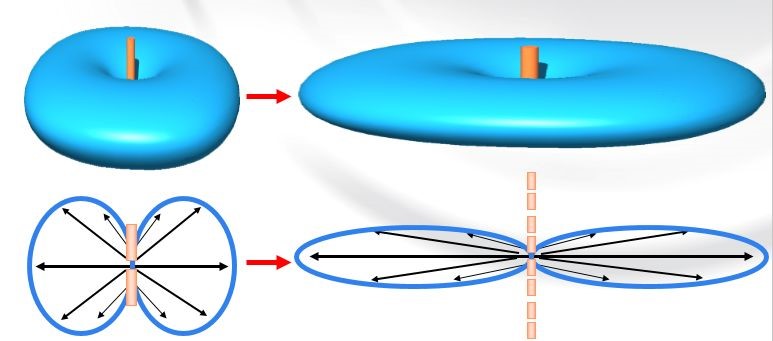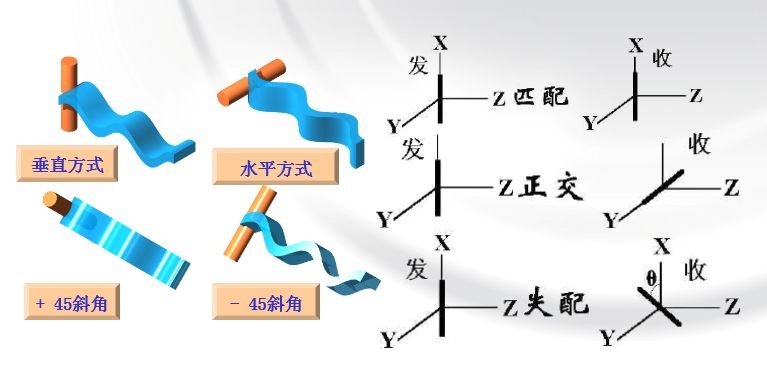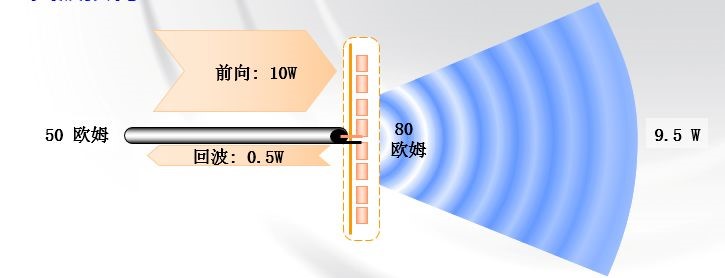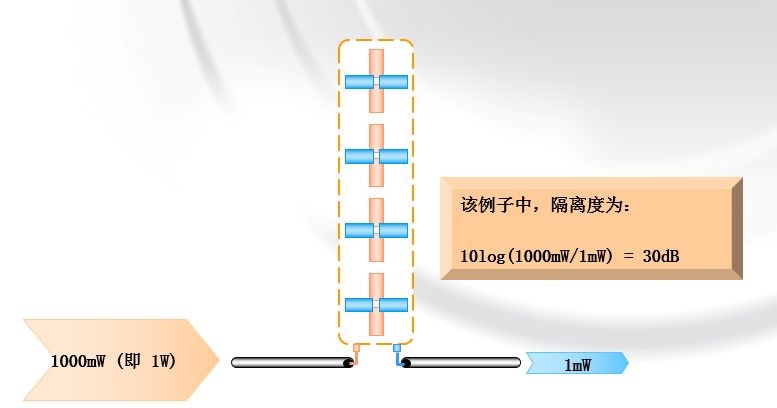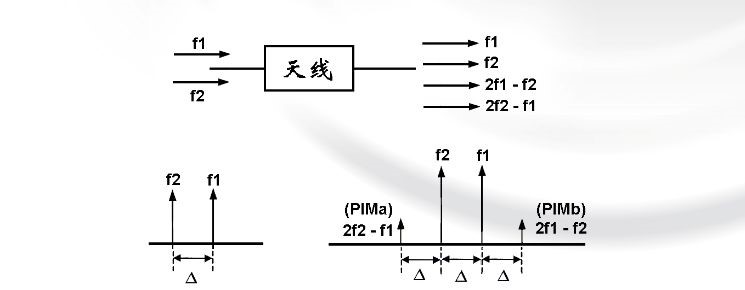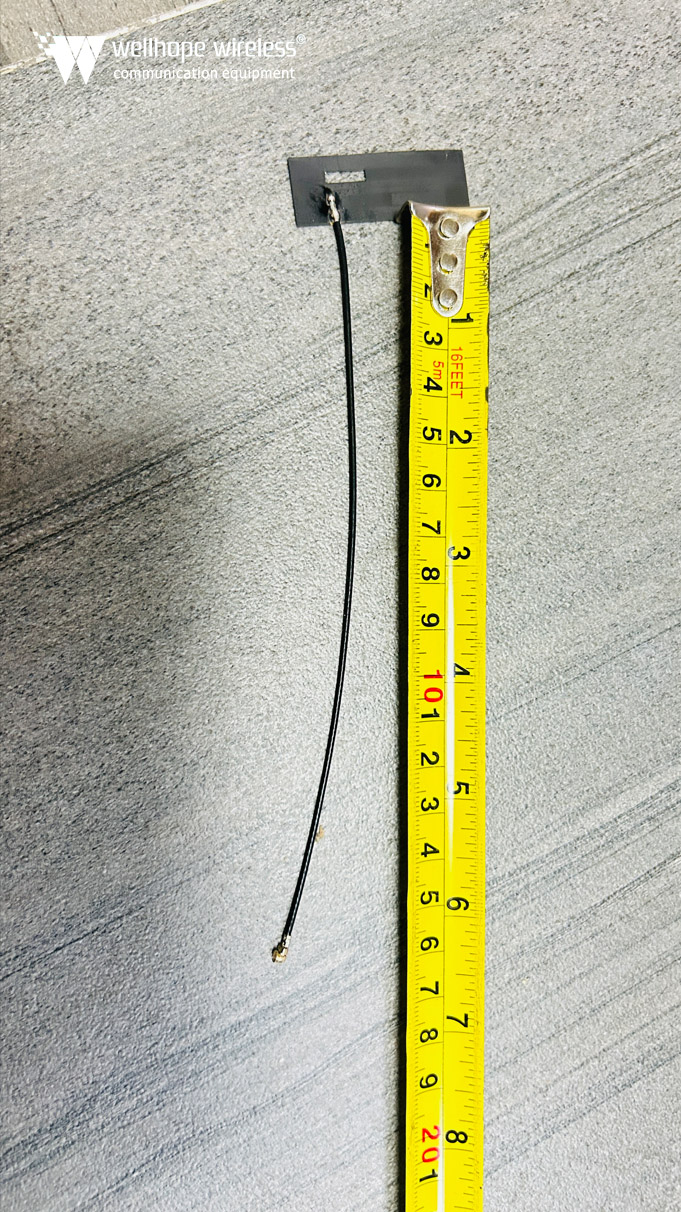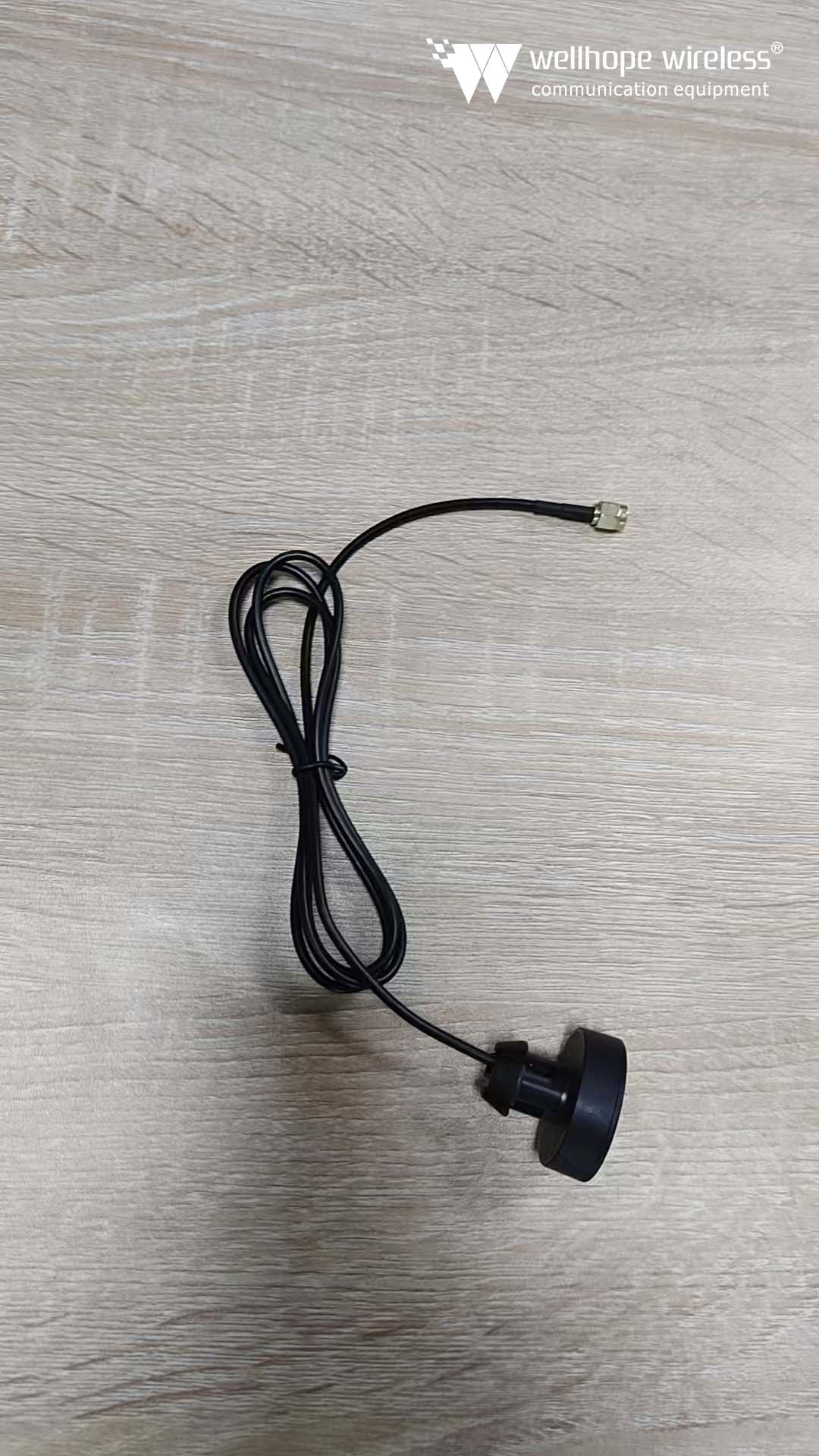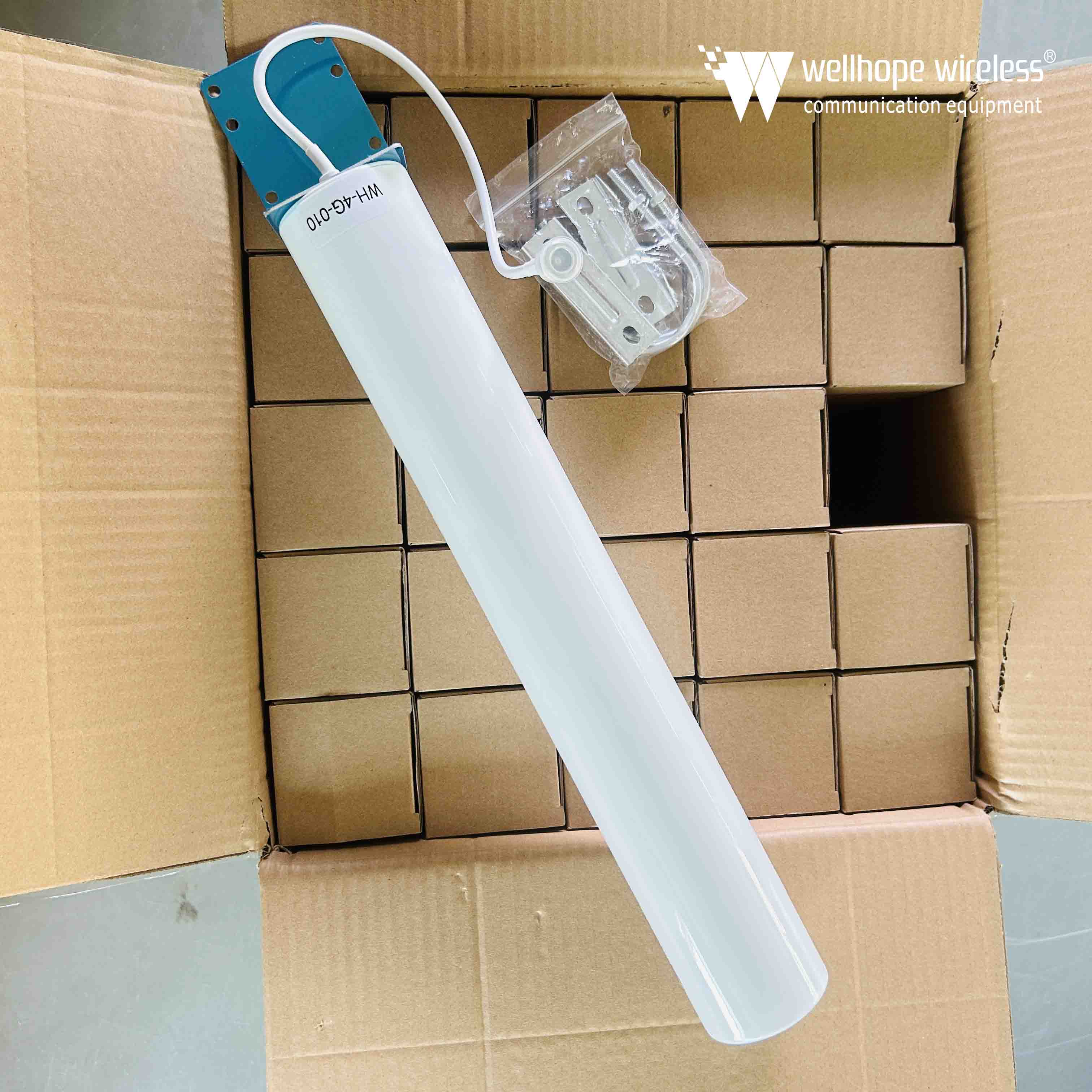Principles and functions of common antennas and passive components that engineers must master
Estimated 6 minutes to finish reading
www.whwireless.com
1. Antenna principle
1.1 Definition of antenna: Ø A device that can effectively radiate electromagnetic waves to a specific direction in space or can effectively receive electromagnetic waves from a specific direction in space.
1.2 The function of the antenna:
Ø Energy conversion-the conversion between guided traveling waves and free space waves; Ø Directional radiation (receiving)-has a certain directionality.
1.3 Principle of antenna radiation
1.4 Antenna parameters
u Radiation parameters
ØHalf power beam width, front-to-back ratio;
ØPolarization method, cross-polarization discrimination rate;
ØDirectivity coefficient, antenna gain;
ØMain lobe, side lobe, side lobe suppression, zero point filling, beam downtilt...
u circuit parameters
ØVoltage standing wave ratio VSWR, reflection coefficient Γ, return loss RL;
ØInput impedance Zin, transmission loss TL;
Ø Isolation degree Iso;
ØPassive third-order intermodulation PIM3…
u antenna side lobe
u Horizontal beam width
u Front-to-back ratio: Specify the ratio of the forward radiation power to the antenna and the backward radiation power within ±30°
u The relationship between gain and antenna size and beam width
Flatten the "tire", the more concentrated the signal, the higher the gain, the larger the antenna size, and the narrower the beam width;
u Several key points of antenna gain:
ØThe antenna is a passive device and cannot generate energy. Antenna gain is just the ability to effectively concentrate energy to radiate or receive electromagnetic waves in a specific direction.
Ø The gain of the antenna is produced by the superposition of the vibrator. The higher the gain, the longer the antenna length. The gain is increased by 3dB and the volume is doubled.
ØThe higher the antenna gain, the better the directivity, the more concentrated the energy, and the narrower the lobe.
1.5 Radiation parameters
u Polarization: Refers to the trajectory or changing state of the electric field vector in space.
1.6 Circuit parameters u return loss
In this example, the return loss is 10log(10/0.5) = 13dB
VSWR (Standing Wave Ratio) is another measure of this phenomenon
u Isolation: It is the ratio of the signal received by a certain polarization of another polarization
u Passive Intermodulation (PIM):
When two frequencies f1 and f2 are input to the antenna, due to the nonlinear effect, the signal radiated by the antenna includes other frequencies in addition to frequencies f1 and f2, such as 2f1-f2 and 2f2-f1 (3rd order).


















 News
News
